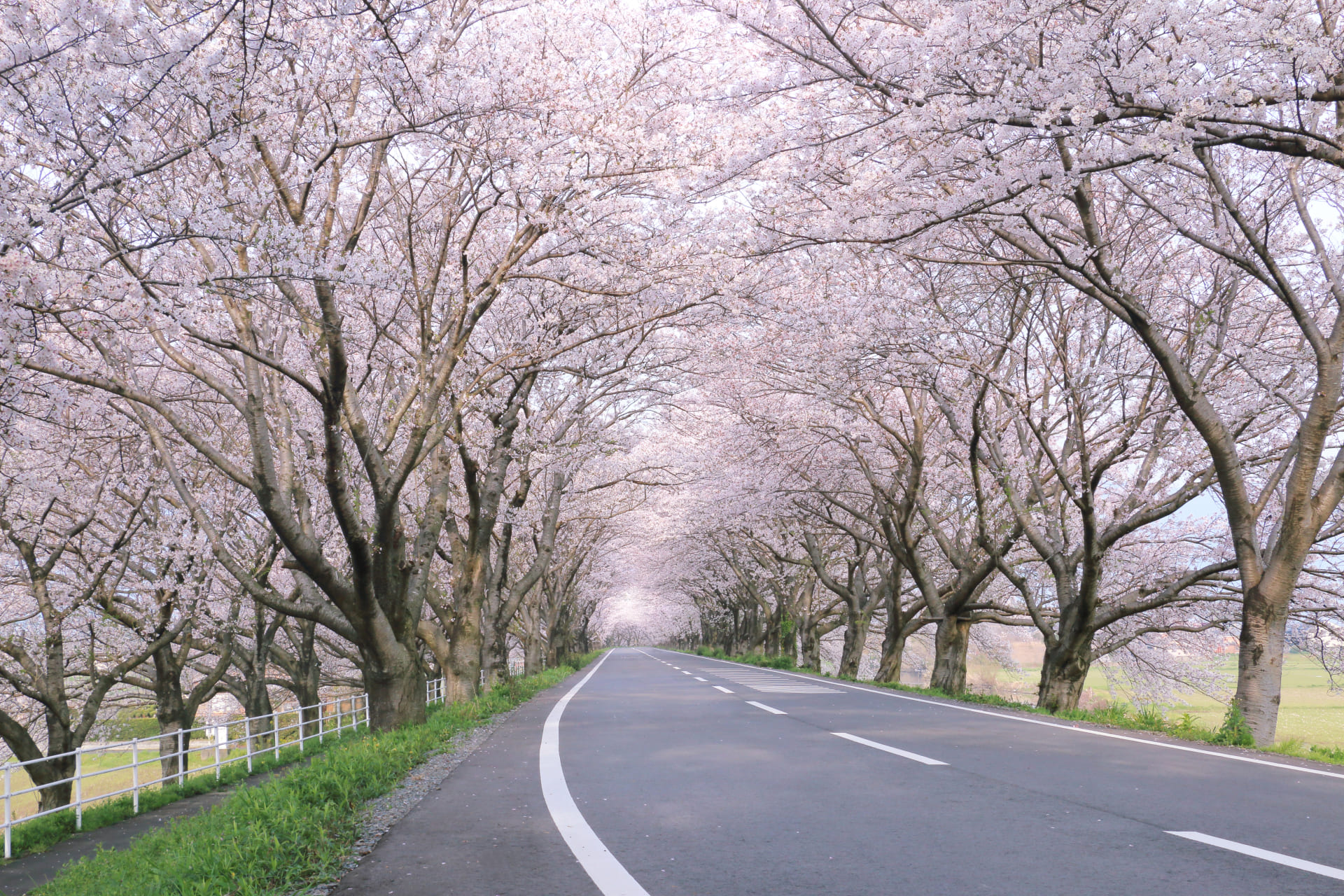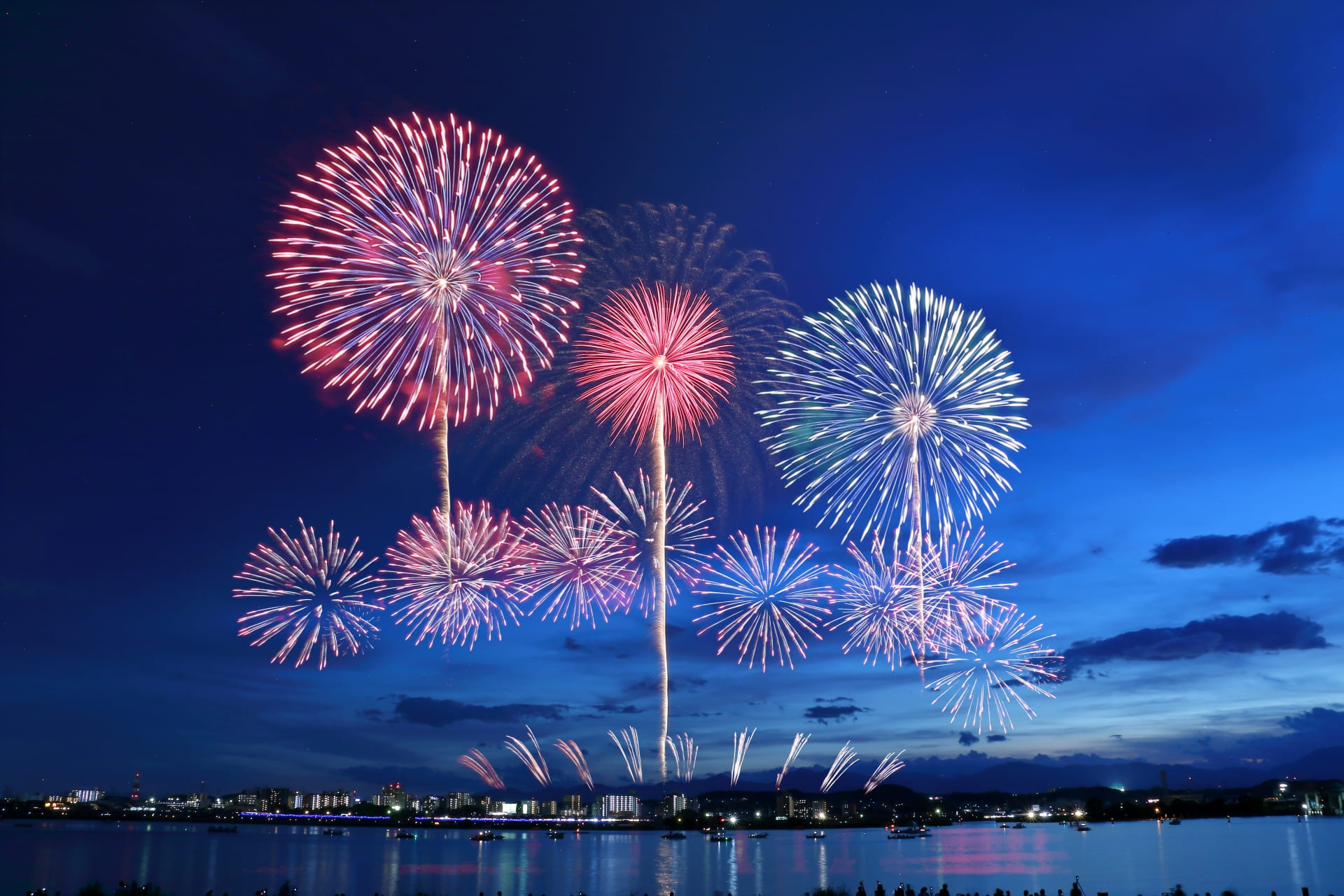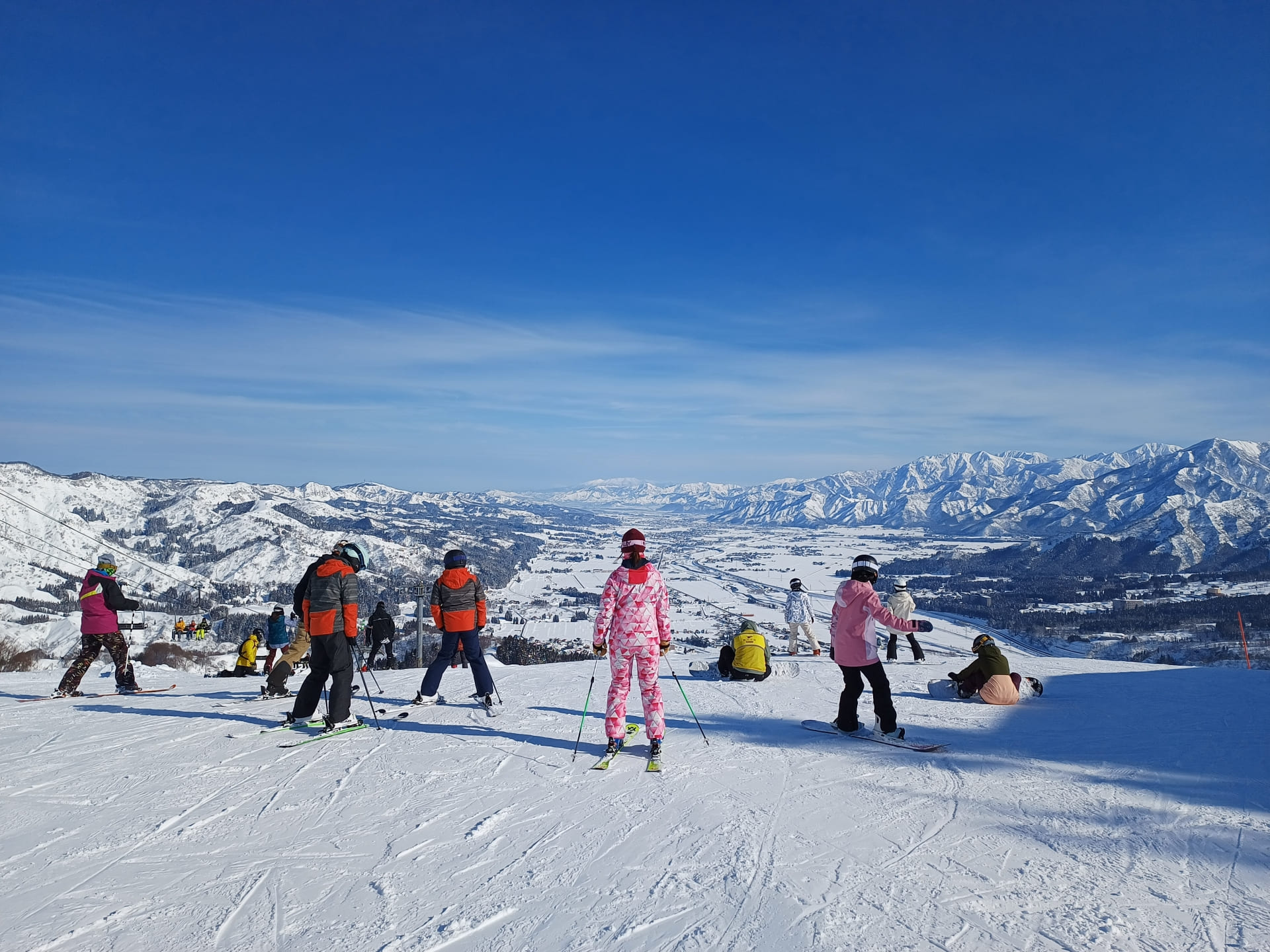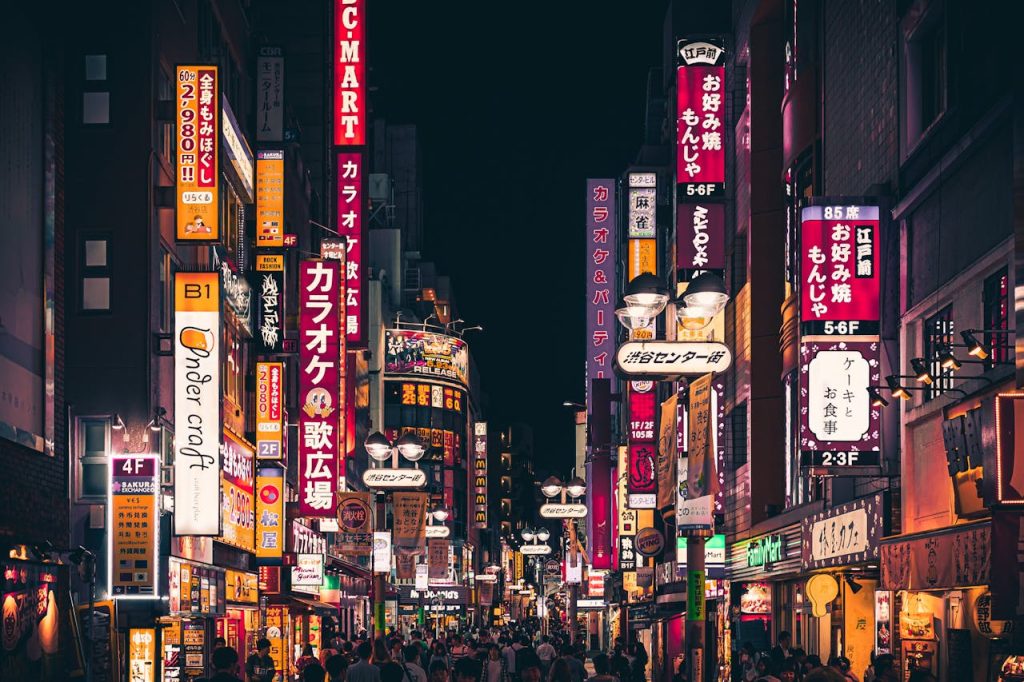Traveling can sometimes be stressful when you are not properly prepared. Here is a brief list of what you need to know before your trip and upon your arrival to Japan.

1. Japan’s Four Seasons:
Picking the best season to visit Japan is one of the first decisions you should make when planning your trip to Japan. Knowing what to pack for your trip will be a big help in preparing you for the elements. Although every season is beautiful in Japan, the information below can give you an idea which season will be the most comfortable for you.

Spring (March-May): The best season to enjoy good weather and cherry blossoms
The iconic cherry blossom season (Sakura) is undoubtedly the busiest time for locals and visitors alike. Hanami (cherry blossom viewing) is a time-honored pastime where locals have picnics under the trees and look in admiration as the petals float down in the gentle spring breeze.
Mild weather and vibrant festivals are abundant with people dressed in yukatas (casual kimonos) enjoying well-known festival foods such as yakisoba (stir-fried noodles), takoyaki (ball-shaped octopus in batter), and okonomiyaki (grilled pancake with cabbage and pork).
Best cities to visit for cherry blossoms depend on where and when you arrive, as the blooms vary by region. The season begins in Okinawa from late January, Kyoto in early April, Tokyo from late Mwith tharch to early April, and Hokkaido late April to mid-May. Bring a light jacket as the weather may be chilly depending on your destination.

Summer (June- August): Good weather for festivals and fireworks
Warm, humid weather with occasional rainy days may hinder you from some outdoor activities so make sure you bring breathable clothing and an umbrella and have a plan B just in case. Still, there are plenty of chances to head to one of the many beautiful beaches to soak up sun and sea. However, if you are not a beach person there are plenty of activities to enjoy while you are here. For instance, Japanese summers are well-known for colorful, lively festivals and incredible firework displays.
Some of the most notable summer festivals are:
Tanabata (Star Festival, July 7th) where streets are adorned with large, colorful decorations and people write their wishes for the future on paper strips hung from bamboo branches.
Gion Matsuri (July 17th and 24th)is one of the most celebrated festivals in Japan where beautifully decorated floats several stories tall are paraded through the streets of Kyoto.
Sumida River Fireworks Festival (Last Saturday in July) Is the largest fireworks festival in Asakusa, Tokyo. There are often other firework festivals happening at the same time making the viewpoint an excellent chance to see two or three fireworks festivals at once.
If you choose to visit in summer, always carry a bottle of water with you as the temperature is known to climb pretty high.

Fall (September-November): A vibrant season with colorful foliage and cooler temperatures
Stunning autumn foliage and cooler evening temperatures make fall the second-best time to visit Japan. In mountainous areas and places where there are a lot of trees, you will view the gorgeous changing of the leaves from green to vibrant shades of reds, oranges, and yellows. Fall is peak time for outdoor activities such as hiking and mountain biking. Japan is well known for its clearly marked mountain trails, but make sure you check online first to learn the difficultly level of the path.
In some areas, there are festivals and cultural events celebrating harvest and harvest foods such as:
Tori no ichi at Otori Shrine in Asakusa, Tokyo which sells good luck charms for success in business and other charms for happiness.
Nagasaki Kunchi Festival with floats, dancing, and traditional rituals.
Places to see colorful leaves and foliage include:
- Rikugien Gardens in Komagome, Tokyo
- Nikko in Tochigi Prefecture
- Nara Park in Nara Prefecture
- Lake Kawaguchiko in Yamanashi Prefecture (with a view of Mt. Fuji!)
Although fall may be a high tourist season because the weather is nice, it is worth it for the beautiful scenery and festivals. Remember to bring a few extra layers to wear to stay warm during the cooler nights.

Winter (December- February): Best season for winter sports
In Japan, skiing and snowboarding are the most popular forms of recreation in winter especially in Hokkaido, and Nagano. After spending a day on the slopes, you can enjoy one of Japan’s many onsens (hot springs) to relax and warm yourself up. Nagano is only a day trip away from Tokyo but you may want to take two days to also see the shopping street, temples, and the famous snow monkey park featuring monkeys soaking in the hot springs. In Izu, Shizuoka Prefecture you can see capybara relaxing in hot springs.
Hokkaido, on the other hand, is better accessible by plane. The Sapporo Snow Festival is the most well-known winter even in Japan featuring large ice and snow sculptures. The ice sculptures are amazing during the day, but even more so at night when they are illuminated.
Another notable place to visit is Tateyama, Toyama Prefecture where they clear the road and create snow walls up to 65 feet high. You can take a bus tour or even walk along the snow wall road.
Winter in Japan is pretty cold, so wear many layers and stay warm.

2. Essential Preparations Before Your Arrival in Japan:
Money – Best options for exchanging currency:
Your local bank – Before leaving your home country you can exchange money from your account into Yen. But note that it may take a few days to a week to receive depending on the availability of Yen at your bank.
Japanese ATMs – If you have an overseas card with a major credit card logo, you will be able to withdraw Yen at ATMs in banks and convenience stores after you arrive in Japan. Just be wary of the exchange rate.
Exchange counters at the airport – Once you arrive at the airport you can exchange money but note the counter may charge an exchange fee.
Japan is slowly moving towards cashless ways to pay but you should always carry some Yen with you just in case.
3. Finding the Best WiFi/Sim Card for Your Trip:
To find the best portable Wi-Fi in Japan, start by comparing different providers based on coverage, speed, and rental terms. Portable WiFi companies offer a range of plans catering to both short-term visitors and longer stays. Consider the size and battery life of the device, as well as the data limits, depending on your usage needs. It’s also a good idea to read customer reviews to gauge reliability and service quality. Booking in advance online often comes with discounts and ensures availability, and many rental services allow for convenient pick-up at airports or delivery to your hotel. Finally, make sure to check for any hidden fees, such as insurance or excess data charges, to avoid surprises.
Getting a Japanese SIM card or eSIM is another option during your stay. There are several SIM companies with different prepaid plans and prices for short trips, but similar to portable WiFi, make sure you understand each plan and if there are hidden costs. Most companies do not require a contract and have English customer support if you have questions.
Planning Your Perfect Japan Trip
Knowing some of the basics of what you need for your Japan trip will give you more time to relax and enjoy yourself. The best time to visit Japan depends on what you plan on getting out of your trip and the activities you want to participate in. After making these essential preparations and using these basic tips, your Best Experience Japan guide can then help you explore the best that Japan has to offer, from cultural landmarks to local experiences. Book your tour with us today, we look forward to seeing you!
If you are planning on visiting Tokyo, be sure to read our article : Six Reasons Why Local Tours Are the Best Way to Experience Tokyo

